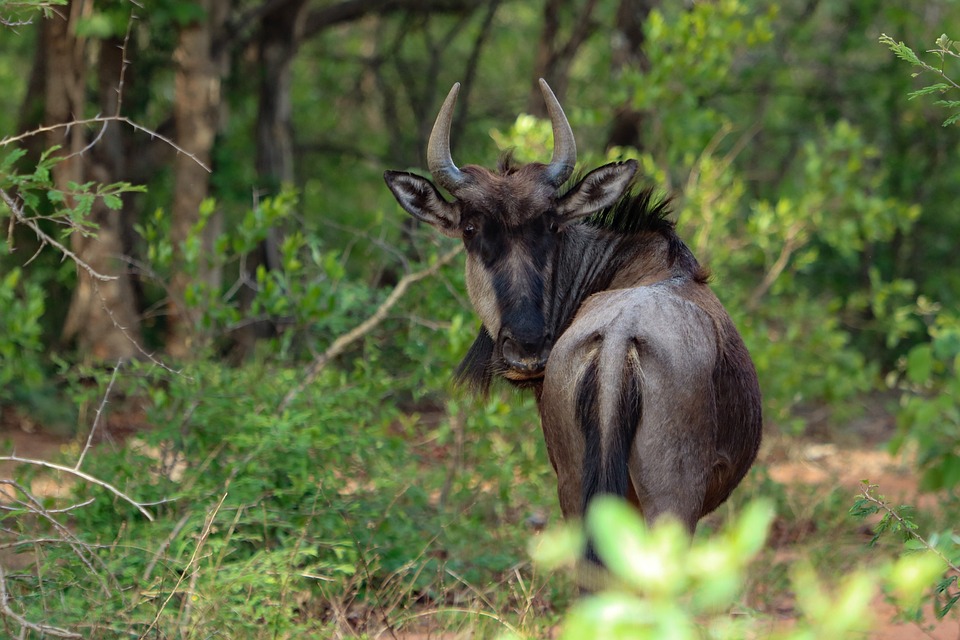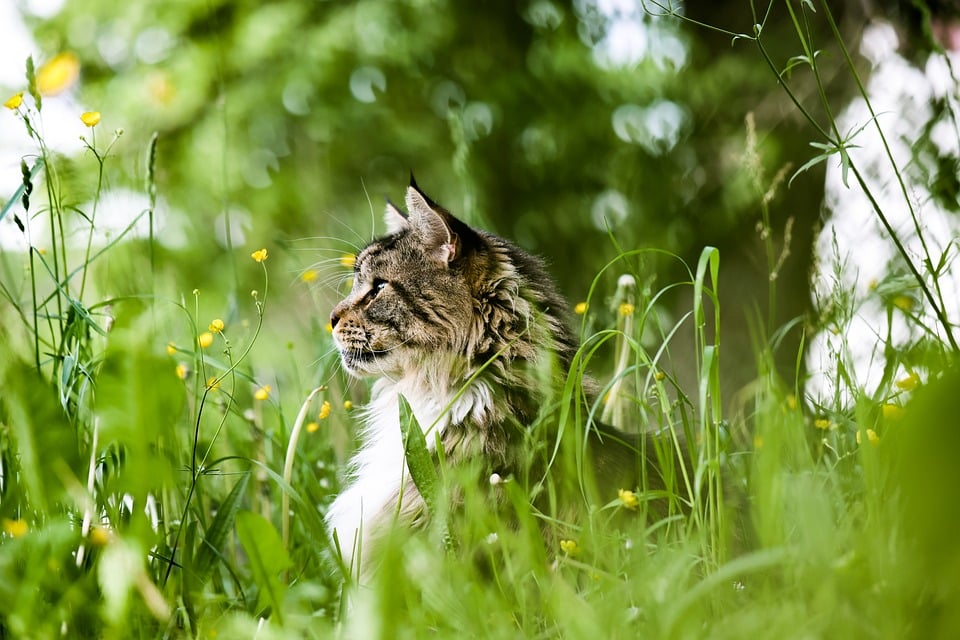Noninvasive wild animal research is a crucial aspect of studying and understanding wildlife without causing harm or disturbance to the animals being observed. This type of research involves collecting data and information about wild animals in their natural habitats without physically interacting with them. By using noninvasive methods, researchers can gather valuable insights into the behavior, ecology, and conservation needs of various species without causing stress or harm to the animals.
One common method of noninvasive wild animal research is the use of camera traps. These devices are set up in strategic locations in the wild, such as along animal trails or near water sources, to capture images or videos of wildlife as they pass by. Camera traps allow researchers to observe animals in their natural habitats without disturbing them, providing valuable information about their behavior, population size, and distribution.
Another noninvasive research technique is the use of remote sensing technology, such as satellite imagery or drones, to study wild animal populations from a distance. These tools can provide researchers with valuable data on habitat use, migration patterns, and population dynamics without the need for direct contact with the animals. By analyzing satellite images or drone footage, researchers can gain a better understanding of how wild animals interact with their environment and how human activities may be impacting their populations.
Noninvasive genetic sampling is another important tool used in wild animal research. This method involves collecting DNA samples from animals, such as hair, feces, or feathers, without having to capture or handle them. By analyzing these genetic samples, researchers can determine the genetic diversity, relatedness, and population structure of wild animal populations, helping to inform conservation efforts and management strategies.
In addition to these methods, noninvasive research also includes techniques such as acoustic monitoring, where researchers use specialized equipment to record and analyze animal vocalizations, and remote tracking, where animals are fitted with GPS collars or tags to track their movements and behavior from a distance. These noninvasive approaches allow researchers to study wild animals in their natural habitats while minimizing the impact on their behavior and well-being.
Overall, noninvasive wild animal research plays a crucial role in advancing our understanding of wildlife and informing conservation efforts. By using noninvasive methods to study wild animals, researchers can gather valuable data and insights while minimizing the impact on the animals themselves. Through the use of camera traps, remote sensing technology, genetic sampling, and other noninvasive techniques, researchers can continue to make important discoveries about the behavior, ecology, and conservation needs of wild animal populations around the world.





